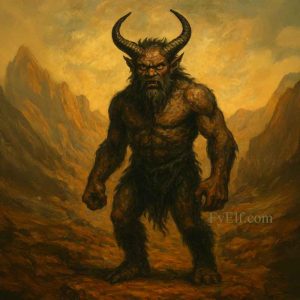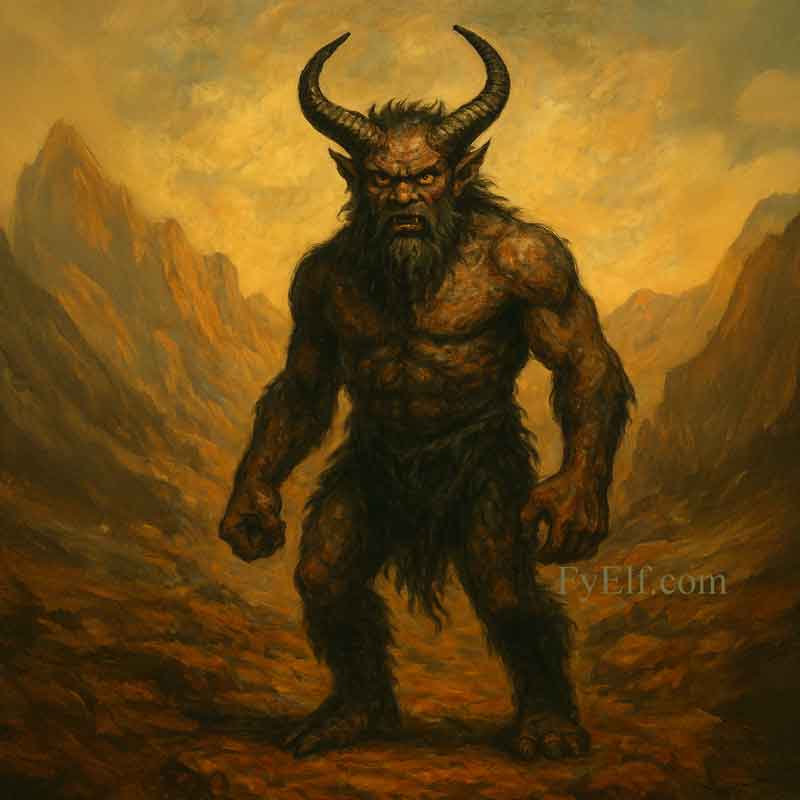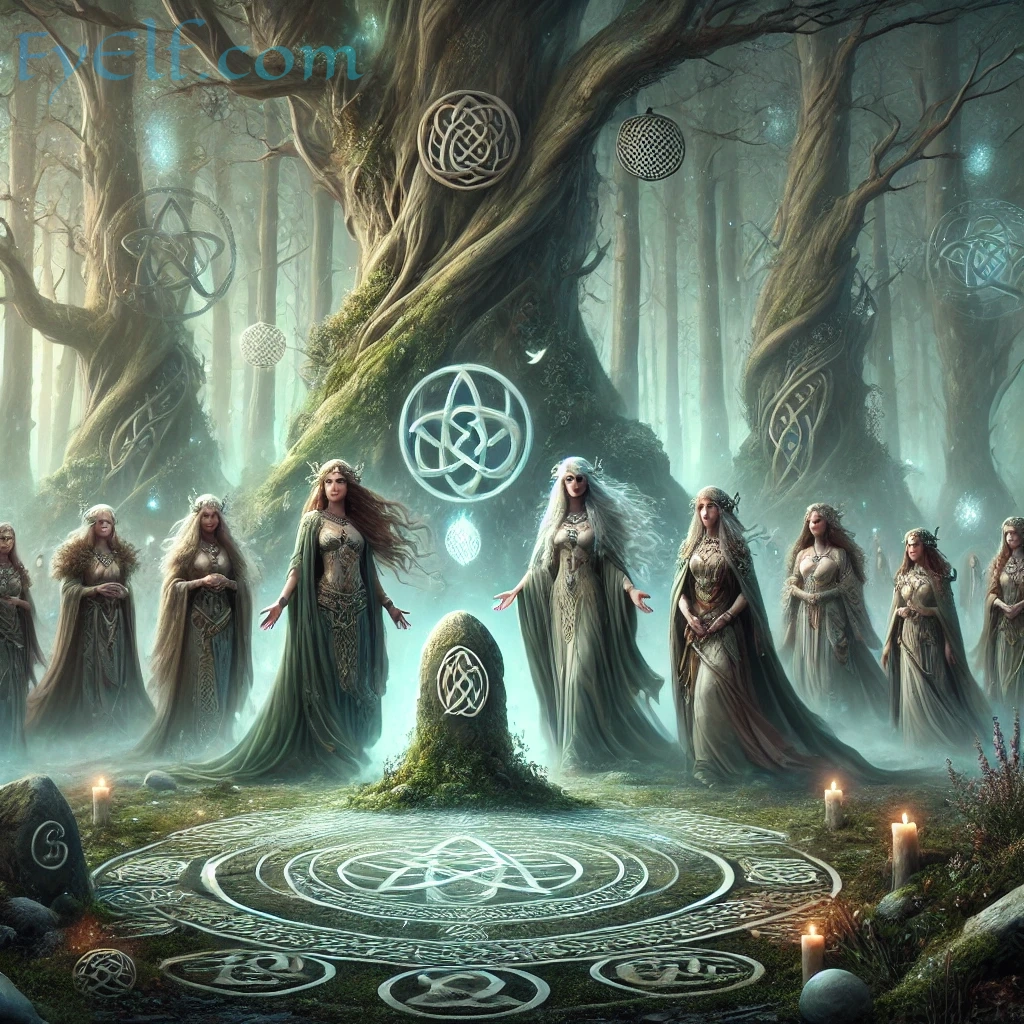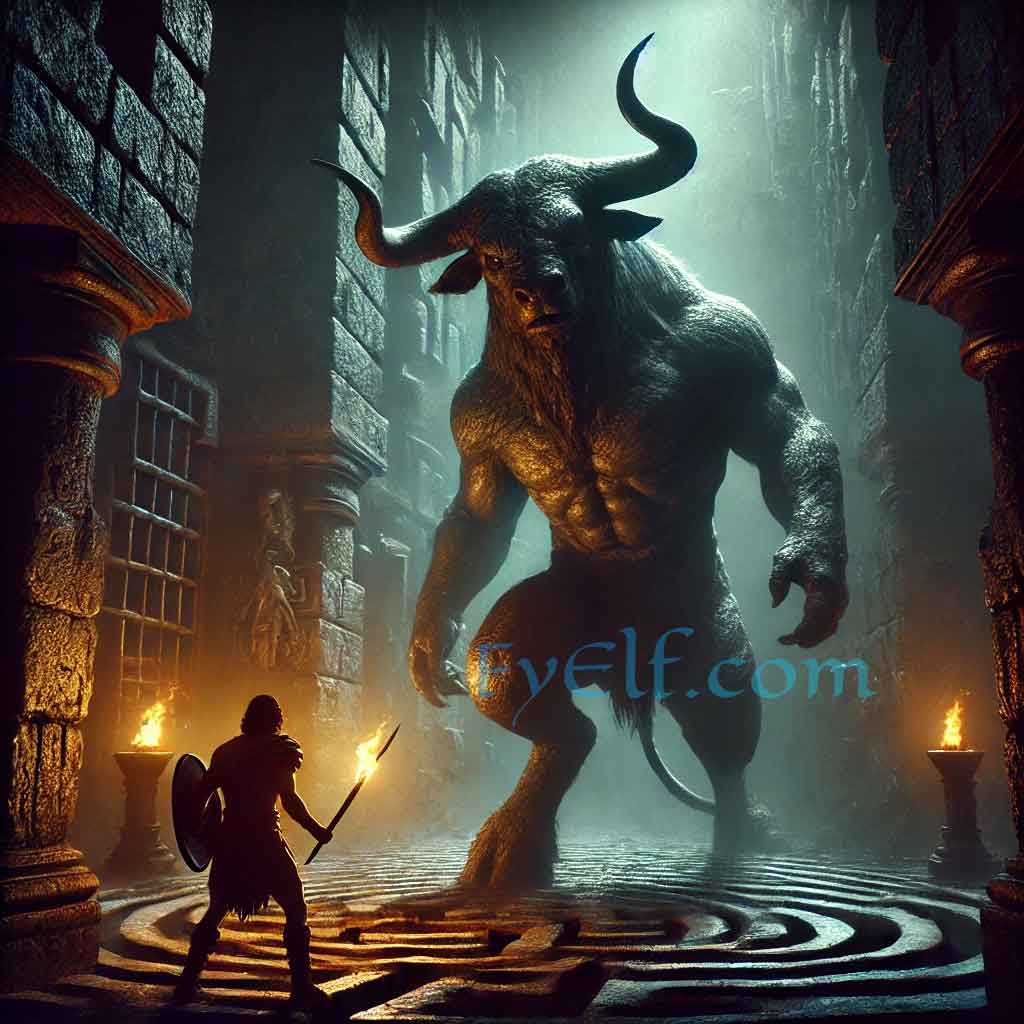Introduction: Shadows in the Sacred Stories of the East
Across the mythologies of Armenia and Persia, one figure stands out as a symbol of chaos, evil, and resistance to divine order — the Dev (also known as Div in Persian). These mythical beings represent ancient fears, societal taboos, and moral oppositions, often depicted as monstrous adversaries of gods, heroes, and kings. While culturally distinct, both Armenian and Persian traditions share conceptual overlaps in their depictions of these creatures, suggesting cross-cultural influences and shared Indo-Iranian mythological roots.
Origins and Etymology of “Dev”
The word Dev (in Armenian: դև, pronounced dev) and its Persian equivalent Div (دیو) trace their roots to the ancient Avestan word daēva, which originally meant “god” or “shining one” in Proto-Indo-European. However, during the Zoroastrian reform, the term daēva underwent a dramatic shift in meaning, evolving into a word for demons or malevolent spirits who stood against the divine order of asha.
This transformation marked the beginning of a broader cultural demonization of previously neutral or even sacred beings, reflecting theological and political shifts in early Iranian religions and mirrored in neighboring mythologies, including Armenian.
Devs in Persian Mythology: The Eternal Adversaries

In Persian mythology, Divs are supernatural demons serving Ahriman, the embodiment of evil and chaos in Zoroastrianism. They populate the epics of Ferdowsi’s Shahnameh, where Persian heroes like Rustam must confront and defeat terrifying Divs in their heroic quests.
Some notable Divs include:
- Div-e Sepid (White Div): A giant demon ruling over Mazandaran, defeated by Rustam in a pivotal battle that symbolizes the triumph of light over darkness.
- Akvan Div: A trickster and shape-shifting demon who challenged Rustam with cunning rather than brute force.
These demons represent disorder, lies, and destruction, standing as constant threats to divine justice and earthly civilization.
Devs in Armenian Mythology: Beasts from the Mountains and the Underworld
IIn Armenian mythical creatures, devs are often monstrous giants or ogres who inhabit remote mountains, caves, or the underworld. Though they share many features with Persian divs, Armenian devs have absorbed local characteristics, often serving as symbols of pagan opposition, chaos, or impiety.
Tork Angegh is one such ambiguous figure in Armenian lore. Though not a dev himself, his monstrous appearance and immense power show how closely linked dev-like traits were to ancient conceptions of might, wildness, and awe.
Devs in Armenian stories frequently oppose heroes or saints, and their defeat is a central motif in folk epics, symbolizing the restoration of cosmic and moral order. Their monstrous forms—horned, many-eyed, or breathing fire—reflect archetypal fears of the unknown and spiritual corruption.
Common Traits: Fearsome Features and Moral Symbolism
Despite cultural differences, Persian and Armenian devs share core features:
- Physical Traits: Often depicted as giants with supernatural strength, hideous faces, multiple limbs, or fire-breathing mouths.
- Habitat: They dwell in liminal spaces — deserts, ruins, mountains, or the underworld.
- Behavior: Devs are cruel, violent, deceitful, and driven by destruction. They challenge gods, abduct innocents, or sow chaos among mortals.
- Role in Myth: They serve as tests for the worthy — heroes must face them to prove courage, faith, and righteousness.
In both traditions, devs are not simply “monsters” but symbols of moral decay, spiritual threat, and the disorderly forces that must be overcome to achieve divine or heroic success.
Are Devs Unique to Persia and Armenia?
While Persian and Armenian traditions provide rich accounts of these beings, similar mythological figures appear in other Indo-European cultures:
- Daevas in Zoroastrianism
- Asuras in Hinduism (initially divine, later demonized)
- Djinn in Islamic folklore (with neutral or malevolent roles)
- Giants in Norse and Greek mythology
These figures may not be directly equivalent but share thematic functions—challenging order, testing virtue, and embodying chaos. The Armenian and Persian devs are therefore regional expressions of a broader archetype seen in many mythologies.
Devs in Modern Culture and Symbolism
Though traditional belief in devs has faded, their presence lingers in proverbs, fairy tales, art, and literature. In both Armenia and Iran, devs are invoked as symbols of tyranny, cruelty, or irrational fear. Their depiction in modern fantasy or cultural references often draws on their ancient role as forces that must be confronted and conquered—within society and within the self.
Conclusion: Devs as Mirrors of Cultural Struggles
Whether climbing the peaks of Mount Aragats or battling through Ferdowsi’s poetic verses, devs and divs remain enduring symbols of humanity’s battle with inner and outer darkness. They are not just relics of ancient tales, but powerful metaphors for moral conflict, transformation, and redemption.
For a deeper dive into Armenian mythology and its unique mythological figures, visit Armenian-History.com, where ancient myths come alive through scholarship and storytelling.




